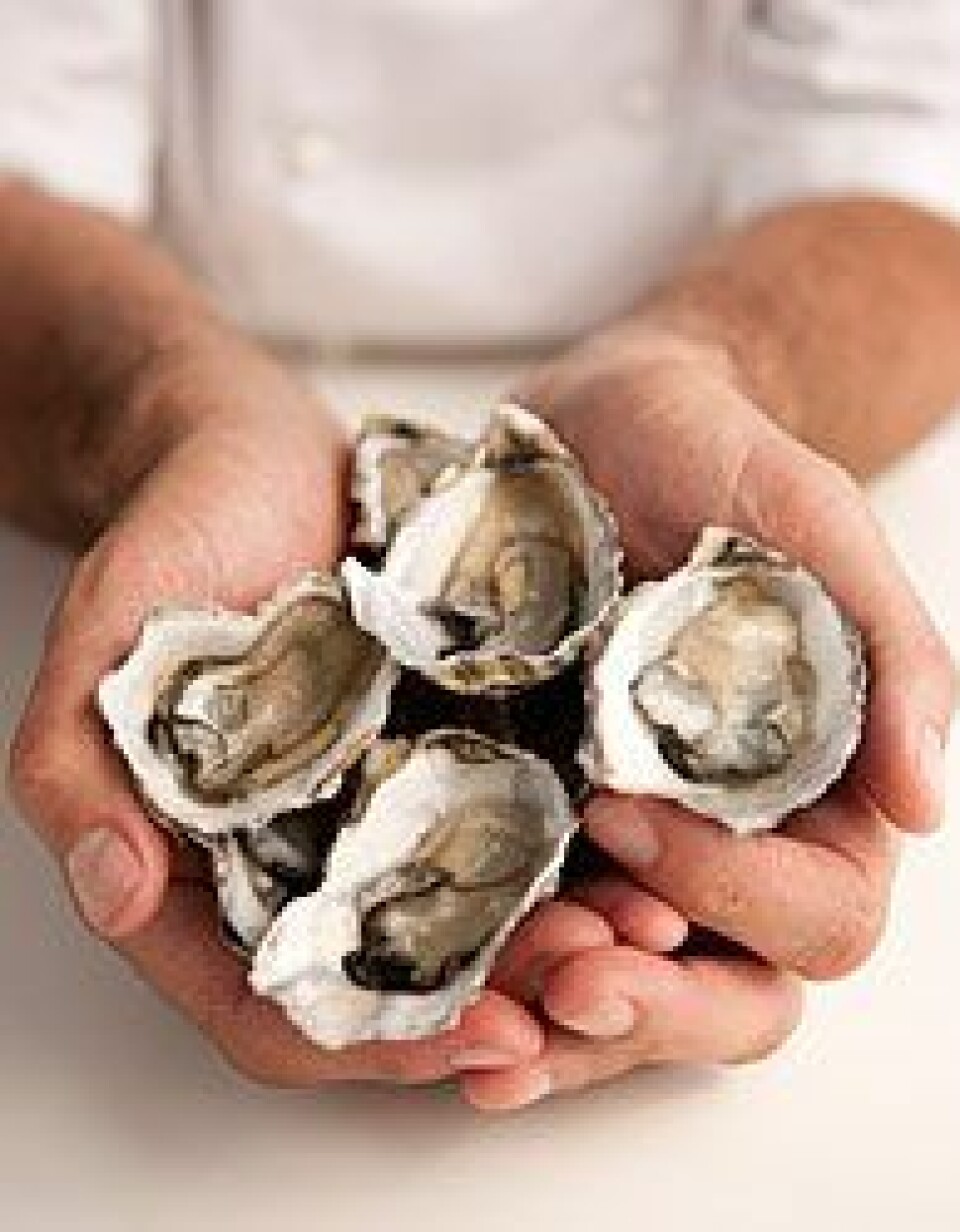
Million dollar oyster farm for eastern Canada
While tanks on land have long been used to raise various types of valuable finfish such as salmon smolt and fast-growing warm-water species, nowhere else in Canada will you find a facility built on land for the sole purpose of growing oysters, as this article in the New Brunswick Business Journal explains;
Village Bay Sea Products in Richibucto will begin construction on a $1 million (~€ 795,000) land-based cultivation system with the goal to provide a steady supply of oysters to the international market year around. Danny King, general manager, said "we are absolutely the first in Canada," he said. "It's a real innovation. During spawning season in July and August the oysters change physiologically and become un-appetizing for customers.
In the past the company has lost contracts because they couldn't guarantee the quality of the product during the summer, he said. "This will allow us to compete at an international level, markets in Brussels, Asia and Germany look for supply consistency”, said King. Unlike most farmed oyster facilities this one will be on land. The facility will be over 5,500 square meters and consist of large temperature controlled tanks. The body change in oysters is triggered by warmer water, said King. By controlling environmental conditions the company hopes to produce a better product. The idea is to reduce the water temperature and prevent the oysters from spawning, he said. The company has tried the experiment on a smaller scale with good results.
Marie-Josée Maillet, a biologist with the New Brunswick Department of Aquaculture, said when the water temperature reaches around 20 degrees oysters change stored body fat into reproductive organs in preparation for spawning. Although not poisonous, they become less appealing, she said. King said the other solution cultivators use prevents oysters from spawning through genetic manipulation. The oysters have an extra set of chromosomes.
He said cultivators in France use the genetic sterilization method but have run into major problems with high death rates. The other downside of these oysters is they must be artificially spawned in the lab. King said the tank method should maintain the fat levels in the mollusks and when they want to spawn the oysters they will manipulate the water temperature. Around 11 million farmed oysters are sold annually in New Brunswick, said Maillet. The two main farmed varieties are commercial oysters and the smaller cocktail oysters.
Village Bay Sea Products hopes to finish the exterior of the building project this summer and continue internal construction into the fall. The project recently received $375,000 (~€ 298,000) in the form of an innovation grant from Fisheries and Oceans Canada.






















































